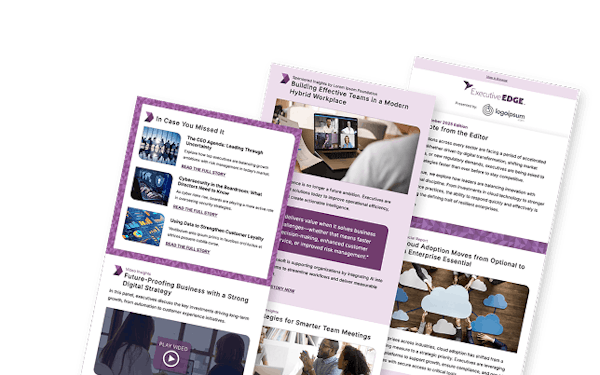Employers Brace for Regulatory Shifts Amid Rising Labor Tension
Key Highlights
- 73% of employers expect more aggressive federal and state employment regulation by mid-2026.
- AI oversight and automation risk are cited by 61% as new compliance frontiers.
- Pay transparency laws are reshaping compensation and recruiting strategy across states.
- Union organizing and employee activism have risen sharply, with 48% of companies seeing measurable increases.
For executives, 2025 marks a turning point in labor relations and compliance complexity. What once were niche HR issues — pay equity, political expression at work, hybrid scheduling — have now become matters of enterprise risk and reputation. Leaders are being pushed to balance productivity with policy shifts that redefine employer obligations and worker rights.
The Littler 2025 Labor Survey captures this transformation through responses from more than 800 in-house counsel and HR leaders across industries. The excerpt below, from IndustryWeek, focuses on the survey data related to union activity, but the full report offers further insights.
As reported by Anna Smith in “Survey: Employers Underprepared for Increased Union Activity” on IndustryWeek:
“Only 9% of organizations without any unionized employees feel 'very prepared' to respond effectively to union organizing activity, and 36% reported feeling 'not prepared at all,' according to Littler’s 2025 Labor Survey Report.
The survey, which collected responses from almost 800 professionals, also found that just 18% of respondents whose organizations include with some unionized employees feel “very prepared” to handle more aggressive collective bargaining tactics, including strikes, walkouts or coordinated corporate campaigns.
Despite one in four employers reporting they experienced organizing activity in the past two years, 85% of employers without unionized employees believe less than 30% of their employees would sign a union authorization card if a union organizing drive were held today.”
Continue reading "Employers Underprepared for Increased Union Activity” on IndustryWeek.
When asked to identify the top issues influencing workplace policy, respondents cited artificial intelligence oversight (61%), pay transparency laws (58%), and mental health and well-being initiatives (47%) as top priorities. Concerns about union organizing also climbed, with 48% of employers reporting higher organizing activity or expectations thereof.
Although 62% of companies are confident in their ability to navigate the current environment, most anticipate litigation risk to grow. Respondents also report a sharp increase in employee activism and expectations around social issues, adding another layer of complexity to employee-relations management. In response, employers are intensifying training, revising internal communications, and investing in data-driven HR compliance programs.”
Why It Matters to You
Employers are facing an unprecedented mix of workforce challenges as they look ahead to 2026. The majority of respondents said they expect an increase in employment regulations over the next year, and the combination of political polarization, wage-and-hour complexity, mandates on pay transparency, and AI mainstreaming is driving up costs and legal exposure.
For CEOs, COOs, and GCs, the Littler findings highlight a fundamental shift in the labor landscape. Employer risk is no longer confined to HR; it touches governance, brand reputation, and investor confidence. As public scrutiny around pay equity, AI bias, and labor rights intensifies, the C-suite must move from compliance oversight to strategic workforce stewardship.
This means anticipating — not reacting to — labor and regulatory headwinds. Companies that embed compliance into business strategy and culture will avoid costly litigation, attract higher-caliber talent, and maintain resilience through political and economic uncertainty.
Next Steps
- CEO/Strategy Lead: Integrate labor-risk forecasting into enterprise planning; align HR, legal, and board-level oversight on AI, equity, and policy risk.
- CHRO/Talent Lead: Audit pay transparency readiness and compensation structures; adjust messaging to reinforce trust and compliance alignment.
- General Counsel/Legal: Update risk matrices for AI deployment, union activity, and political expression in the workplace; prepare mitigation plans.
- CFO/Finance: Model potential compliance-cost growth and litigation contingencies for 2025-2026; quantify impact on EBITDA and hiring.
- Communications / Culture Lead: Strengthen internal dialogue around mental health, DEI, and workplace activism to sustain morale and reputation.
Quiz
Make smart decisions faster with ExecutiveEDGE’s weekly newsletter. It delivers leadership insights, economic trends, and forward-thinking strategies. Gain perspectives from today’s top business minds and stay informed on innovations shaping tomorrow’s business landscape.

